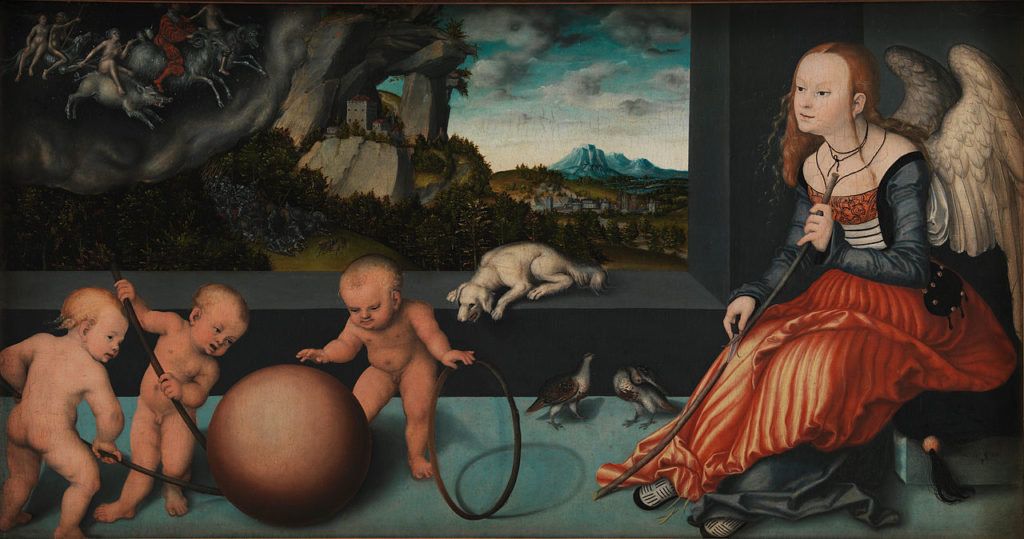Cultural Heritage and Open Access. Museums and policies

Lucas Cranach the Elder, Melancholy, 1532 – Statens Museum for Kunst (SMK) – CC0
As is well known by now, the Rijksmuseum in Amsterdam was the first museum to make high-res images of its collection freely available online in 2012.
It’s difficult to say which was the last one, since news of museums opening their collections are becoming rather frequent.
It’s important to know these resources.
The pictures that come from the museum itself are usually of the highest quality: color-corrected and sharp. They’re also shot recently and in digital form so they are better than scans of old photographs taken on film. And most of all, knowing which museums have open access policies, you can avoid paying expensive fees to picture libraries since they didn’t pull out from their websites reproductions of artworks that are now free to use.
You can find the institutions that provide high or medium resolution images online for free and for any purpose here, on a table that I will always keep up to date.
To release open content, art museums opt for three main kinds of Creative Commons licenses or for “No Known Copyright” and “Public Domain” disclaimers.
CC0 and Public Domain Mark are the licenses that allow the maximum possible reuse, while CC BY or CC BY SA bind the user to give the proper attribution and share derivative work with the same, or a similar, license.
Actually, there are other museums that have some form of open access, though not according to the principles set by the OpenGLAM network, that provides this definition:
Digital content, or data, is open when anyone is free to use, reuse and redistribute it — subject only, at most, to the requirement to give credit to the author and/or making any resulting work available under the same terms as the original work.
Some museums allow only non-commercial use of the images of artworks in their collections or forbid derivative work. But there is no unanimity about what is commercial.
For some institutions a publication is always commercial, even the scholarly ones with low print-runs or limited readership. Others grant discounts or waive fees for academic publications.
Here‘s another table with art museums that make images of their collections available online only for non-commercial use, complete with links to policy pages and notes.
Among them, there’s the only Italian museum that made high-resolution images of its collection available online, the Pinacoteca di Brera in Milan. Here you can read my interview about their image policy with the Communication Manager of the museum.
While Italy’s Museo Egizio in Turin, while adopting a CC BY 2.0 license, allows to download freely (enlarging the desired image and clicking on the right button) only low resolution photos. High resolution images must be requested by email. However, the museum plans to expand and improve the use of its image database.
Until a while ago, the British Museum had a similar procedure. In order to obtain their images, released under a CC BY NC SA 4.0 license, you had to register to the website, agree to terms and conditions and then the images would be emailed within two working days. Now they can be directly downloaded in a medium size.
The British Museum had probably been planning this change for some time, but it is interesting to note that it happened during the COVID-19 pandemic. At a time when most cultural institutions around the world are closed to the public and are focusing on digital resources to still offer some services, engage the users and increase their visibility.
Many museums that employ free licenses also have a page on Wikimedia Commons or use this platform exclusively for images download.
Some institutions, like Birmingham Museums Trust, Europeana and The New York Public Library have recently partnered with Unsplash, one of the biggest online sources for free high-resolution pictures, sharing selections of images of their collections that are in the public domain.
Another version of this article, that highlights the differences between museums with open access is here.
